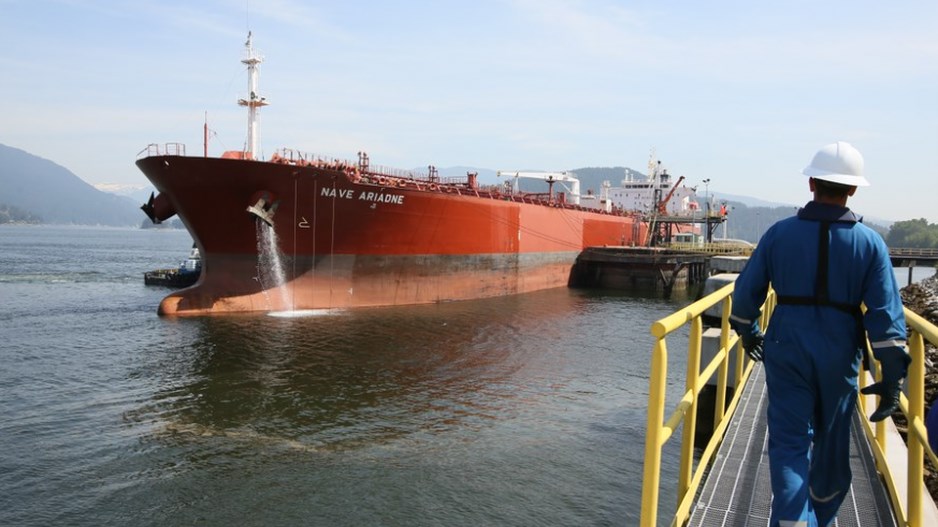Maybe it was the ever-shrinking supply of heavy crude from Venezuela, or a severe discount on Alberta oil.
Whatever the reason, Chinese refiners bought four million barrels – $335 million worth – of Alberta heavy crude in 2018, according to Statistics Canada.
The billion-dollar question is whether last year’s shipment of crude to China through Vancouver was a temporary blip, or confirmation that China indeed wants Canadian oil.
As Business in Vancouver reported in October 2018, Chinese buyers took an unusual number of shipments of Alberta crude oil in 2018.
S&P Global Platts had reported that at least three contracts for tanker shipments had been signed by Chinese buyers for the fourth quarter of 2018. Statistics Canada confirms the shipments, as well as earlier ones.
The four million barrels in tanker shipments of Alberta crude shipped out of Westridge Marine Terminal in July, September, October and November.
China’s complex refineries need heavy crudes like those produced in Venezuela and Canada, but “purchases of Canadian crude had been extremely rare by Asian refiners before 2018,” S&P Global Platts noted.
But Alberta crude became so steeply discounted in 2018 that it suddenly made tanker shipments from Vancouver more economic.
Bottlenecks in pipeline and rail capacity, as well as prolonged maintenance shutdowns at U.S. refineries, resulted in the differential for Alberta crude hitting more than US$30 per barrel in 2018, which made Alberta crude much more attractive to Chinese buyers.
Western Canadian Select fell from US$58 per barrel in May 2018 to as low as US$12 per barrel in November. It has since come back up but lingers around US$41 per barrel, which is still cheaper than some other crudes.
Whether the price remains attractive enough for Chinese buyers to continue to buy Canadian oil in 2019 remains to be seen. But it’s not just price that may be driving Chinese buyers to want to increase their use of Canadian oil. Their complex refineries need heavy crude, and production by traditional suppliers has fallen.
“The Venezuelan production has dropped,” said Sandeep Sayal, vice-president of oil markets and downstream for IHS Markit in Texas. “The Mexican production has dropped. The crude that has been going into the Chinese and Indian markets has been impacted. So those countries obviously are looking for any other source, and the Canadian barrels could have been attractive because the prices really went down.”
He said there could be long-term demand in Asia for Canadian crude shipped through the West Coast, especially if Canadian crude prices get depressed again in 2020 – which is likely to happen when new sulphur caps imposed by the International Maritime Organization (IMO) on the shipping industry prompt a switch from bunker fuel to diesel.




